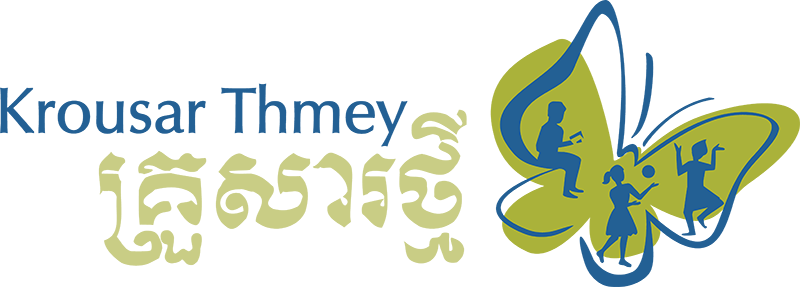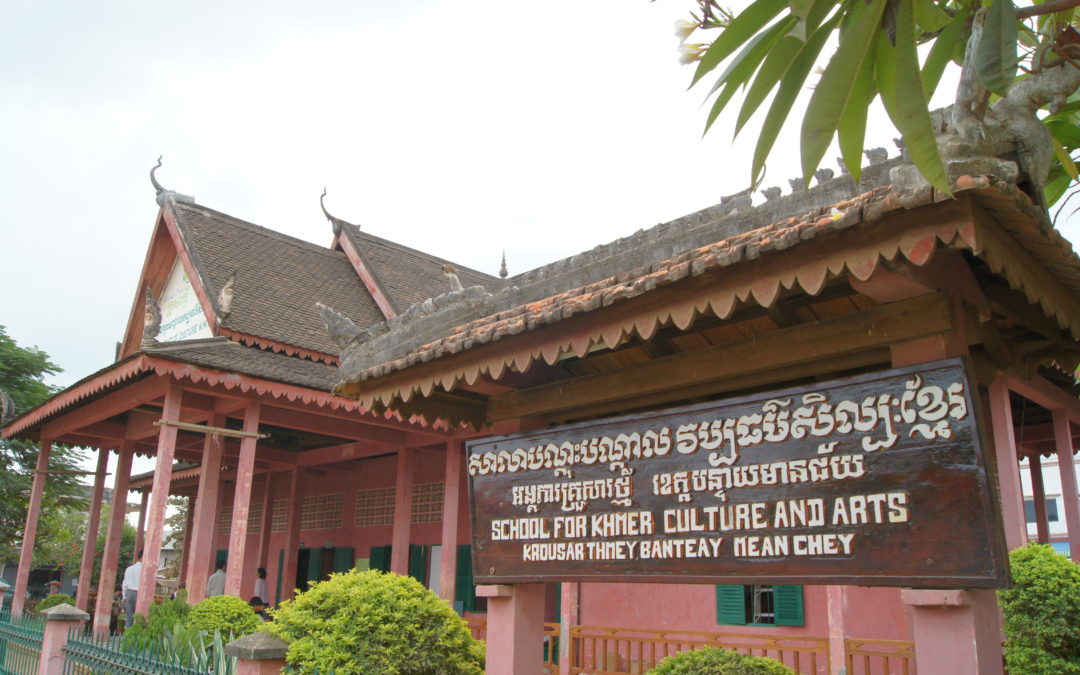Boren TOCH and Xavier de LAUZANNE are two passers-on of this memory. The first is director of the School of Art and Culture created in 1996 by Krousar Thmey in Serey Sophon, Cambodia, and works hard every day to teach and promote Khmer culture to a wide audience. The second, a French director, is releasing a new documentary dedicated to Cambodian classical dance, La beauté du geste, in French cinemas from March 13. Both answered our questions.
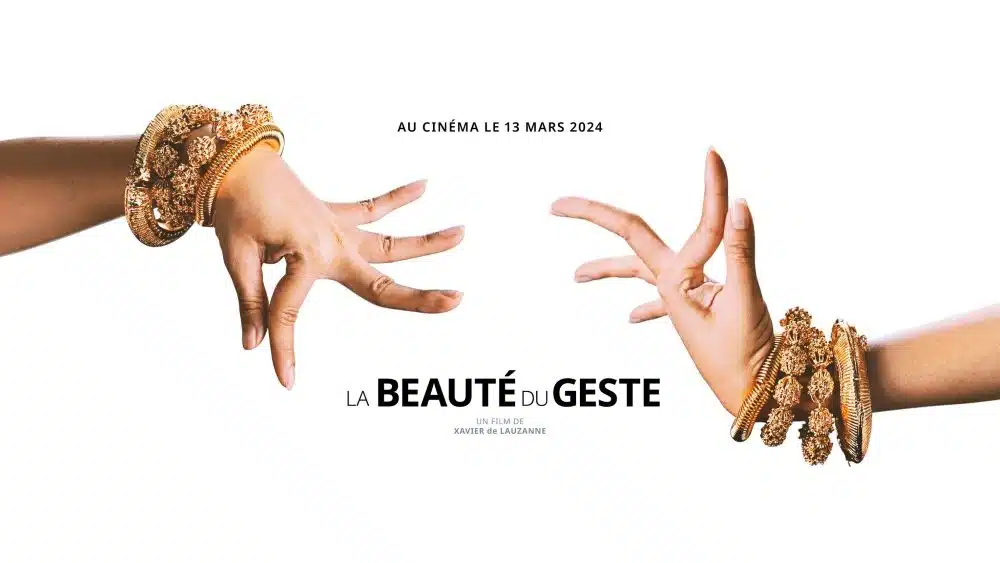
Dance is part of the DNA of Khmer culture
For more than a thousand years, the Royal Ballet of Cambodia has contributed to the prestige of the Cambodian crown, and is considered sacred. « This dance is unique, says Boren TOCH. One of its most famous forms, known as Apsara, comes directly from ancient engravings and bas-reliefs in the temples of Angkor. Immortalized in stone, the Apsara dancers were considered to be angels messengers of the gods, and are inspired by Hindu legends dating back thousands of years. In my opinion, Apsara dance is now emblematic of the country, because it reproduces the postures and costumes of the Angkorian era, adding the qualities of the modern Cambodian woman ».
The Royal Ballet of Cambodia intrigues as much as it fascinates foreign audiences. « In 1906, the troupe performed outside Cambodia for the first time, on the occasion of King Sisowath 1st’s visit to France and the Marseille Colonial Exhibition, explains Xavier de LAUZANNE. The sculptor Auguste Rodin attended a performance and immediately fell under the spell of this art form, completely new to him. He then produced a major series of watercolors and helped bring international recognition to the Royal Cambodian Ballet. » As the starting point for the film, this encounter is above all a meeting of two cultures. « Khmer dance gestures are very different and don’t have the same meaning as Western gestures. I also wanted to demystify these codes and make them more accessible to the uninitiated. »
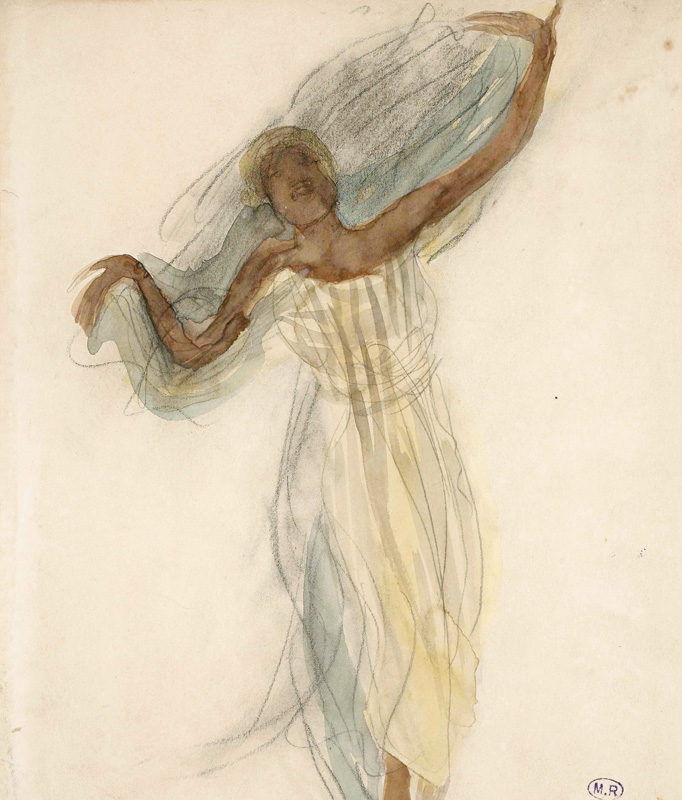
Aquarelle de Rodin (1906)
Passing on the memory to new generations
Originally, Royal Ballet dance was transmitted orally within the palace circle. « The first archives date back to 1898. It’s one of the very first films in the history of cinema, made in Cambodia by an operator from the Lumière brothers, explains Xavier de LAUZANNE. There’s an inherent fragility in this oral tradition. At the end of the 1920s, Frenchman George Groslier feared that the decline in the budget allocated by the colonial Empire to finance ballet, in the context of soaring modernity, would doom this heritage, so he photographed the dancers’ positions on almost 300 glass plates. »
The filmmaker is following in the footsteps of his French predecessors to document this art form and leave material traces in history: « Prince Sisowath Tesso wanted to preserve the work of Princess Buppha Devi, a great dancer and later director of the Royal Ballet. With my camera, I had the privilege of following her as she organized her last ballet. »
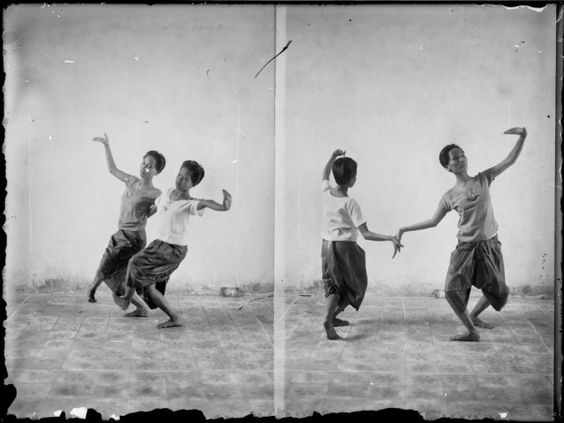
Mouvements de la danse du Ballet Royal saisis par Groslier (1927)
In the 2nd half of the 20th century, the Royal Ballet’s training opened up to the rest of the population. « This year, our school welcomes 100 students in classical dance classes, reports Boren TOCH. In total, 300 students take dance classes, but the majority turn to Khmer folk dances, which are very common in public celebrations. » Khmer classical dance requires very regular and rigorous practice from an early age. « It takes more than 10 years to train a professional dancer, continues Boren TOCH. It also requires a particular emotional attachment to the art. »
Xavier de LAUZANNE, who witnessed the Royal Ballet’s rehearsals and training sessions, agrees: « I was struck by the dancers’ total dedication to their art, and by the great respect shown for their elders. » Asked about the future, Boren TOCH smiles: « I’m confident when I see the enthusiasm of the new generations for the traditional arts; they will ensure the transmission. »
« In making this film, I became aware of the importance of our collective responsibility for the survival of traditional arts, » emphasizes Xavier de LAUZANNE. Listed as a UNESCO intangible cultural heritage since 2008, the Royal Ballet now has a dedicated place in the memory of humanity.
Building and reconstructing identity
Part of a wider filmography on the theme of identity and reconstruction, La beauté du geste questions the role of traditional culture in times of crisis. « Art can help people heal after a trauma, says Boren TOCH. It’s a great means of expression, but also a strong unifying factor. Because of the war, many Cambodians were exiled on the road or took refuge in camps in Thailand. Uprooted, some had forgotten the origin of Apsara dance and thought it came from Thai culture. »
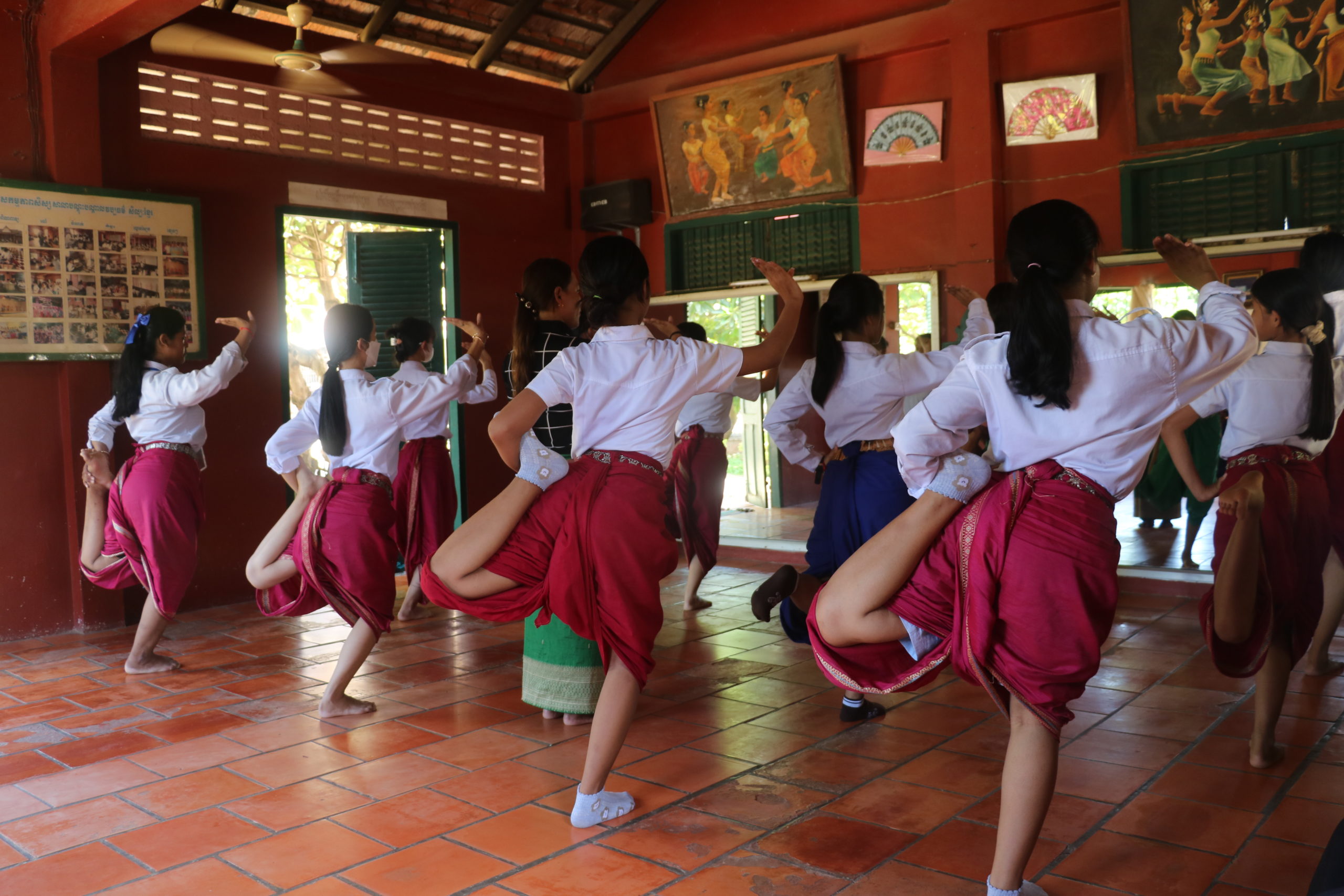
Cours de danse classique à l’école d’art et de culture de Krousar Thmey (2023)
« Art is also a way of reminding society of its values when it forgets them, adds Boren TOCH. For years, Krousar Thmey has staged dance and shadow theater performances to fight against human trafficking. In fact, that’s how I discovered the NGO and its art school, in the early 2000s. »
« There’s something universal about this story: how can an ancestral art serve as a foundation for collective rebuilding after a major crisis?, asks the French director. Echoing this, in the land of Angkor, Boren TOCH concludes, « Promoting Khmer history and traditional arts means rebuilding a common identity and national pride. »
